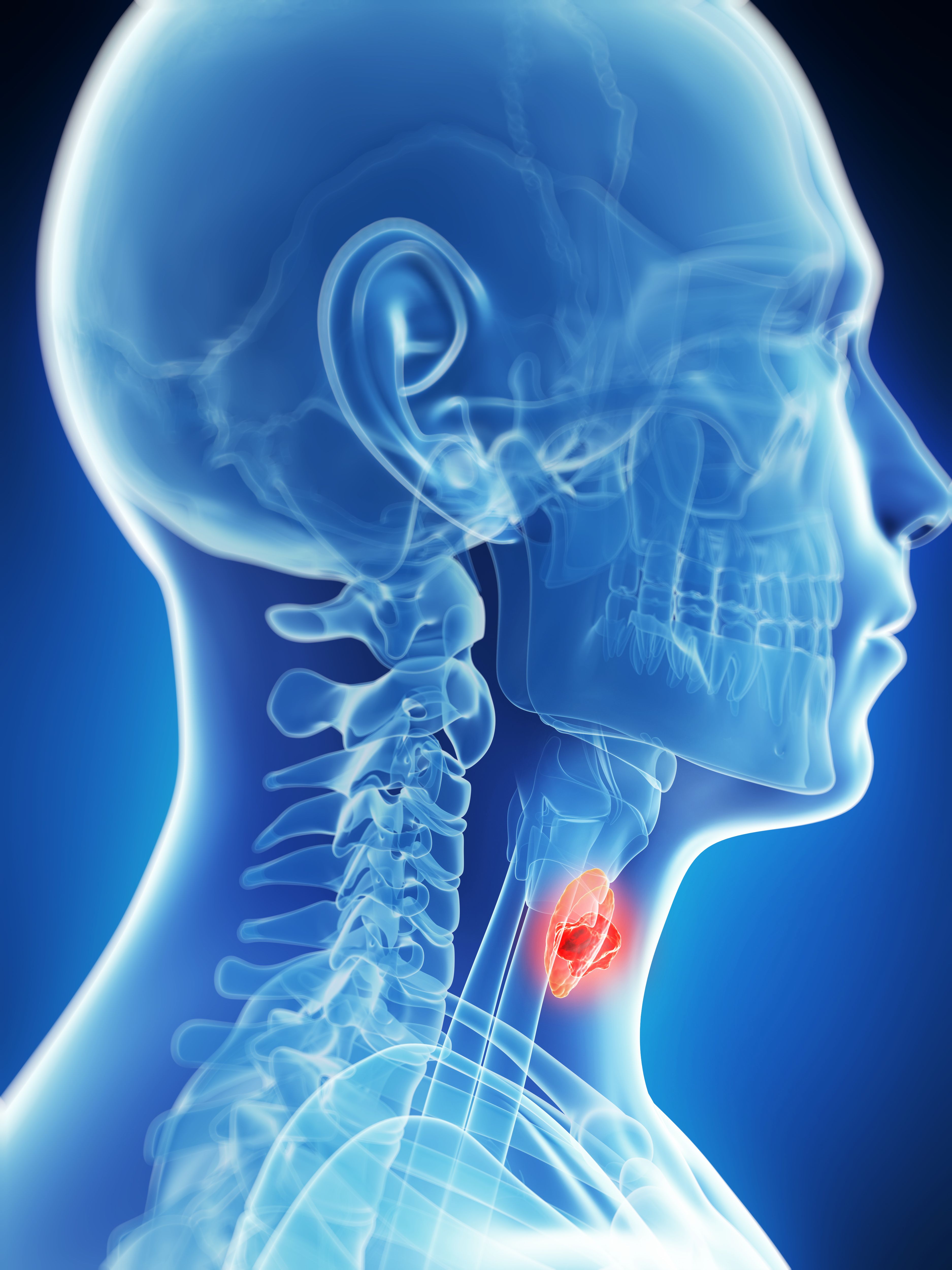News
Article
‘More is Not Always Better’ in Chemoradiotherapy for Head and Neck Cancer
Author(s):
Treatment paradigms may soon be shifting in head and neck cancer, as recent research indicates that lower doses of chemoradiotherapy may be appropriate for some patients.
For patients with head and neck cancer, receiving less chemoradiotherapy may be more effective than the traditional one-size-fits-all approach.

Treatment paradigms may soon be shifting in head and neck cancer, as recent research indicates that lower doses of chemoradiotherapy may be appropriate for some patients.
“Everybody's like, ‘More, more, I have to throw everything at it,’ But no, more is not always better. In practice, sometimes less is better,” said Dr. Nancy Y. Lee, chief of head and neck radiation oncology and vice chairman for experimental therapeutic focusing on early drug development combined with radiation at Memorial Sloan Kettering Cancer Center in New York.
Lee was the lead author and principal investigator of a phase 2 study recently published in the Journal of Clinical Oncology in which, among 152 patients with human papillomavirus-related oropharyngeal carcinoma who had previously undergone surgical removal of their disease at the primary tumor site, 128 patients met researchers’ criteria to receive lower doses of chemoradiotherapy for a shorter period. This surgical removal, Lee explained, can just be a big biopsy where all the visible tumor is removed.
“From a patient point of view, you can imagine that the toxicity the patient experiences from [chemoradiotherapy] treatment is high,” Lee said. “Because radiation and chemotherapy are cumulative, the longer you're on the treatment, the [chances of] side effects you have [increase]. And more importantly, we are currently treating everybody the same, sort of this one-size-fits-all [approach]. … Everyone gets seven weeks of chemoradiation or, if they do surgery, [it’s] followed by about six weeks of radiation, with or without chemo. So, the question we’ve asked about more than a decade ago [is], ‘How can we personalize treatment?’”
Using specialized cancer-specific PET scan-determined tumor hypoxia, patients with nonhypoxic tumors received 30 Gy (three weeks) of chemotherapy, versus 70 Gy (seven weeks) of standard chemoradiotherapy, according to the study.
“Cancers are big, and then in the center of the cancer, typically there is lack of oxygen which is called hypoxia, so when you have hypoxia, it tells you that they don't respond as well to chemotherapy and radiation,” Lee explained.
Two-year locoregional control (lack of recurrence at the primary tumor site at any point or lack of a neck recurrence more than 140 days from the end of chemoradiation) was 94.7% for the 158 patients who received 30Gy. At a median follow-up of 38.3 months, the two-year progression-free survival (PFS; when a patient lives without their disease spreading or worsening) and overall survival (OS; the time a patient lives following treatment, regardless of disease status) were 94% and 100%, respectively, among patients in the 30 Gy cohort and 96% and 96% among patients in the 70 Gy cohort.
Acute grade 3 and 4 (serious to severe) side effects occurred in 32% of the 30 Gy cohort (mainly blood-related side effects due to chemotherapy) and 58.3% of the 70 Gy cohort, the latter of which was the only group to experience late grade 3 to 4 adverse events.
“To our knowledge, we report the first personalized phase 2 trial using functional PET imaging as an integral biomarker to markedly de-escalate definitive chemoradiotherapy in head and neck cancer,” researchers wrote in the study. “This approach significantly decreased adverse events, while producing oncologic outcomes comparable with the standard full-dose radiotherapy.”
“Although such results are promising, further evaluation is required before it can be considered for routine use in clinical practice,” researchers further noted. “A phase 3 trial is currently being planned to compare this precision radiotherapy approach with the current standard of care, building on the tenets of personalized targeted therapy to usher a new paradigm of biomarker-directed therapy for patients with HPV-related oropharyngeal cancer.”
Lee said this is “one of the most, if not the most exciting study I have ever done,” due to its implications for improvements to patients’ quality of life.
“This study not only helped patients convenience-wise, toxicity-wise, quality-of-life-wise [and] financially-wise, we also cut down the medical costs — hospitalization due to toxicity, going to the emergency room, going to urgent care, getting supportive care. We cut the cost of treatment only by 63% and imagine the cost reduction for all things associated with the management of the side effects of treatment,” Lee said.
For more news on cancer updates, research and education, don’t forget to subscribe to CURE®’s newsletters here.





